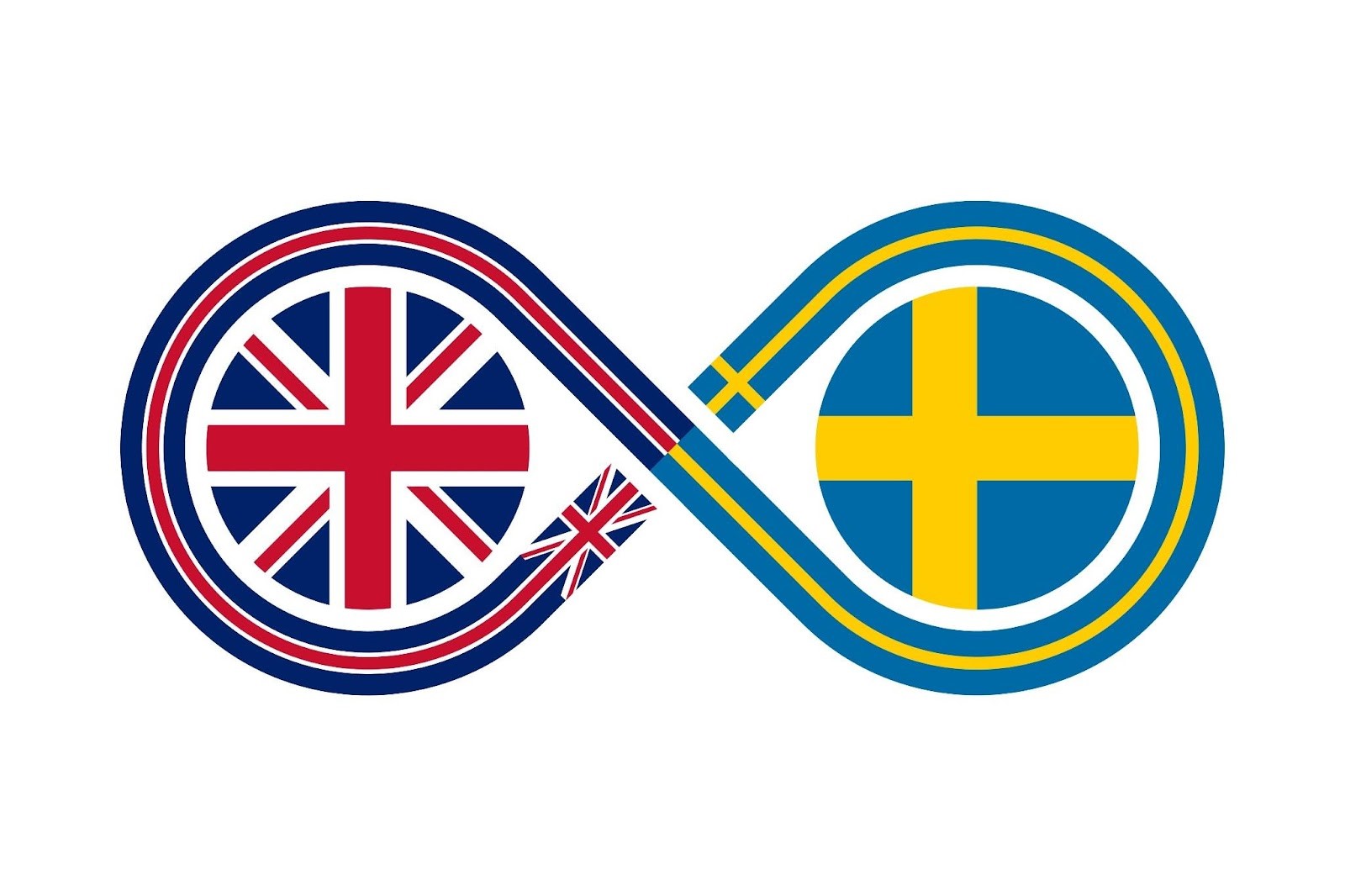Translating between Swedish and English – 3 common mistakes and how to avoid them

The ability to transcribe, or translate from one language to another without losing the original meaning, is increasingly sought after by content creators worldwide. It is a beneficial asset for those looking to expand into international markets.
If you’re thinking about translating content and are currently choosing languages, it’s fair to say that English is a good choice. To say that it is a language with significant cultural relevance is an understatement.
In fact, it is the most spoken language in the world and the official language of 67 different countries. If you are thinking of translating content into another language, you should consider translating it into English.
Fortunately, Swedish and English are relatively similar languages! Swedish has the same 26 Latin letters as the English alphabet and similar Germanic roots.
Despite these similarities, there are still some difficulties when translating between the two languages. Keep reading to find out what they are and how to avoid them:
1. Using Idioms
When creating content that you intend to translate, you should try to avoid idioms. When translated verbatim into English (and vice versa), many Swedish expressions simply do not make sense or fit into specific contexts.
If certain idioms in the source text are important, it is worth considering English or Swedish equivalents. Here, the translator needs an in-depth knowledge of both language and culture. Adapting content to different markets in this way is often referred to as localization.
The same goes for puns, rhymes, and wordplay; while these are useful for creating memorability and attention, they are usually extremely difficult, if not impossible, to replicate in another language.
Prioritize the overall message over intricate and clever details in the text. Remember that keeping the original connotations of the language does not require a literal translation. In fact, it almost always creates a negative effect.
2. Syntax and Grammar
Both languages have Germanic influences, so there are many grammatical similarities between Swedish and English.
However, as always, the devil is in the details, and there are some differences that you should be wary of when translating between the two languages. They include but are not limited to:
Nouns with gender: Look out for these if you’re translating from English to Swedish. Although modern Swedish as a whole has eliminated gendered nouns, there are still some dialects that still use them. Keep this in mind before translating.
Articles: In Swedish, definite articles function as suffixes, while in English articles are always separate from the subject.
Pronouns: The most complicated adjustment concerns pronouns, which work in a completely different way in Swedish than in English. Both sets of pronouns follow their own rules of logic and plurality.
Dialects: Swedish is not the only language that changes according to dialects. There are several varieties of the English language, which change specific spelling and grammar rules. Examples include American and Australian English.
Correct use of syntax and grammar is crucial when trying to maintain stylistic consistency and fluency. Take your time and look for any mistakes or other complications with the translation.
For best results, you should either proofread yourself or hire an expert before and after translation. This will ensure that your source text and the final result meet a high standard.
3. Cultural differences
Different cultures react differently to different tones and messages, so make sure you know your target audience before taking on any kind of translation.
Whether you are translating from English to Swedish or English to Swedish, you should ask yourself the following questions:
- What audience is this content aimed at?
- Are my word choices conscious enough?
- Does the message work within the target culture?
Remember that every culture has its own values and beliefs. If you don’t think the content fits another culture, it’s best to change it or scrap it.
Final thoughts
If you have a solid understanding of both languages, translating between Swedish and English should not be too difficult. They have a similar alphabet and many cognates and borrowings.
If your skills are not enough, there are online translation agencies that offer help with everything from proofreading to more extensive translation processes.
Especially since the social media explosion of opportunities, businesses, influencers and content creators are expected to cater to different markets and languages, and the English language has huge potential in this area.
Don’t forget how big the English market really is! If you want to create global content that transcends the boundaries between continents and countries, English is one of the most influential languages you can choose.




